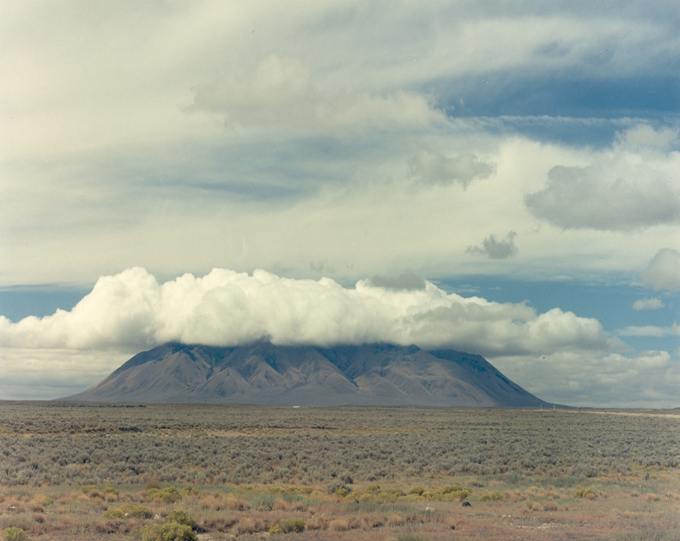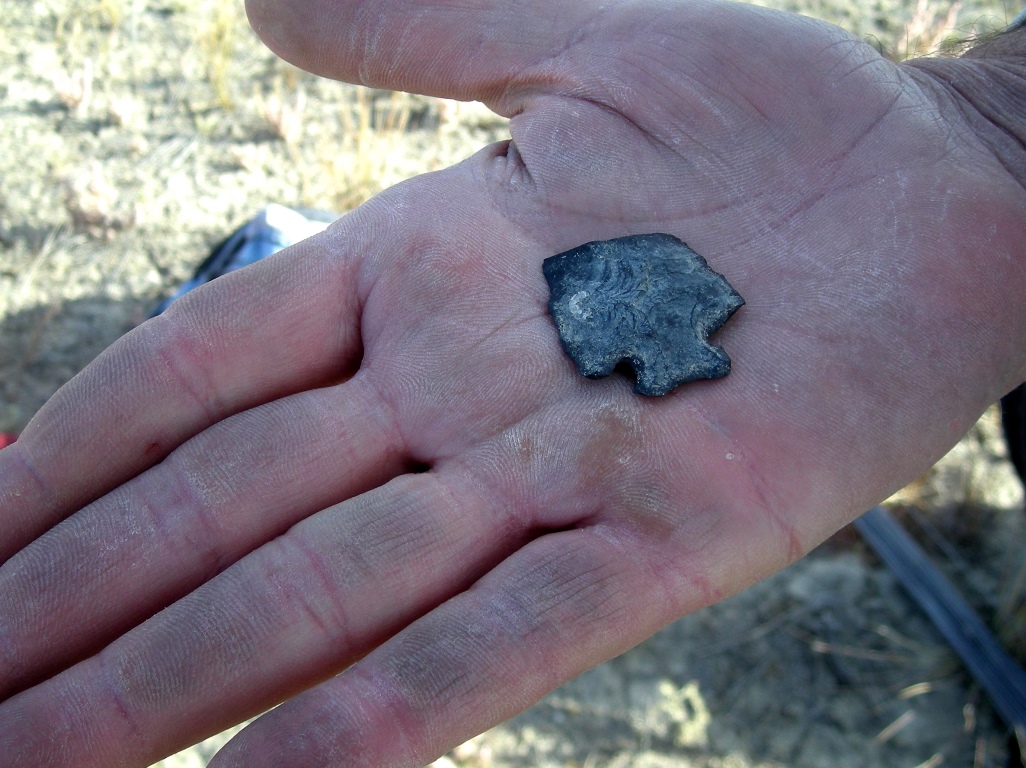It’s surprising how much information you can get from a rock.
For example, obsidian originating in southeast Idaho has been found in the form of artifacts as far away as Texas and the Mississippi River — providing clues about Native American travel and trade routes over the past 13,000 years. Archaeologists at Idaho National Laboratory are using science to tell these people’s stories.
Obsidian is a volcanic glass, typically black in color but with variations from green to red. It forms when lava cools quickly near rhyolitic eruptions such as the Big Southern Butte 50 miles west of Idaho Falls. Each eruption has its own unique geochemical signature. This means that when a piece of obsidian is examined with carefully calibrated equipment, researchers can connect the chemistry to the location where the eruption took place.

In western North America, Native Americans have always used obsidian to make tools and weapons. Tracing where obsidian artifacts are found and comparing that to where the glass originally formed helps us understand where — and to some extent why — people and artifacts traveled such great distances. Some artifacts, like hunting weapons, were made only during specific periods in the past. This allows archaeologists to track changes in the use of volcanic glass resources over time. These changes may be related to resource use or a disruption in travel due to volcanic eruptions, which were common on the Snake River Plain.
Each source of obsidian varies, but sometimes those differences are ever so slight. Obsidian signatures have been studied for years, but because the samples aren’t all using the same calibration and the same reference data, experts haven’t had a unified look at the information. That is about to change.
“Previous studies have been frustrated by a lack of temporally sensitive data,” said Dr. Suzann Henrikson, one of INL’s archaeologists. However, by using a precision-calibrated X-ray fluorescence machine, researchers at INL will generate a huge “rock library” of sorts. This comprehensive database will allow information to be shared readily between federal agencies, local tribes and the research community.

While the technology for categorizing these samples is not new, INL’s Cultural Resource Management Office has only recently acquired its own portable X-ray fluorescence machine. This development will not only create a large, sharable data set and expand data standards for Idaho obsidian. It also will outline calibration methods to help individual researchers.
With the creation of a comprehensive set of reference data for the obsidian sources, another kind of data set can be built by analyzing the artifacts made from the volcanic glass. Importantly, the approach is nondestructive and allows artifacts to be analyzed without causing damage. This database will tell archaeologists a lot about human mobility and interaction on the Snake River Plain, Henrikson said.
“With its plethora of local volcanic glass sources, southern Idaho and the surrounding regions provide an excellent opportunity to examine the patterns in distribution of obsidian and to consider the human behavior that correlates to that distribution.”





